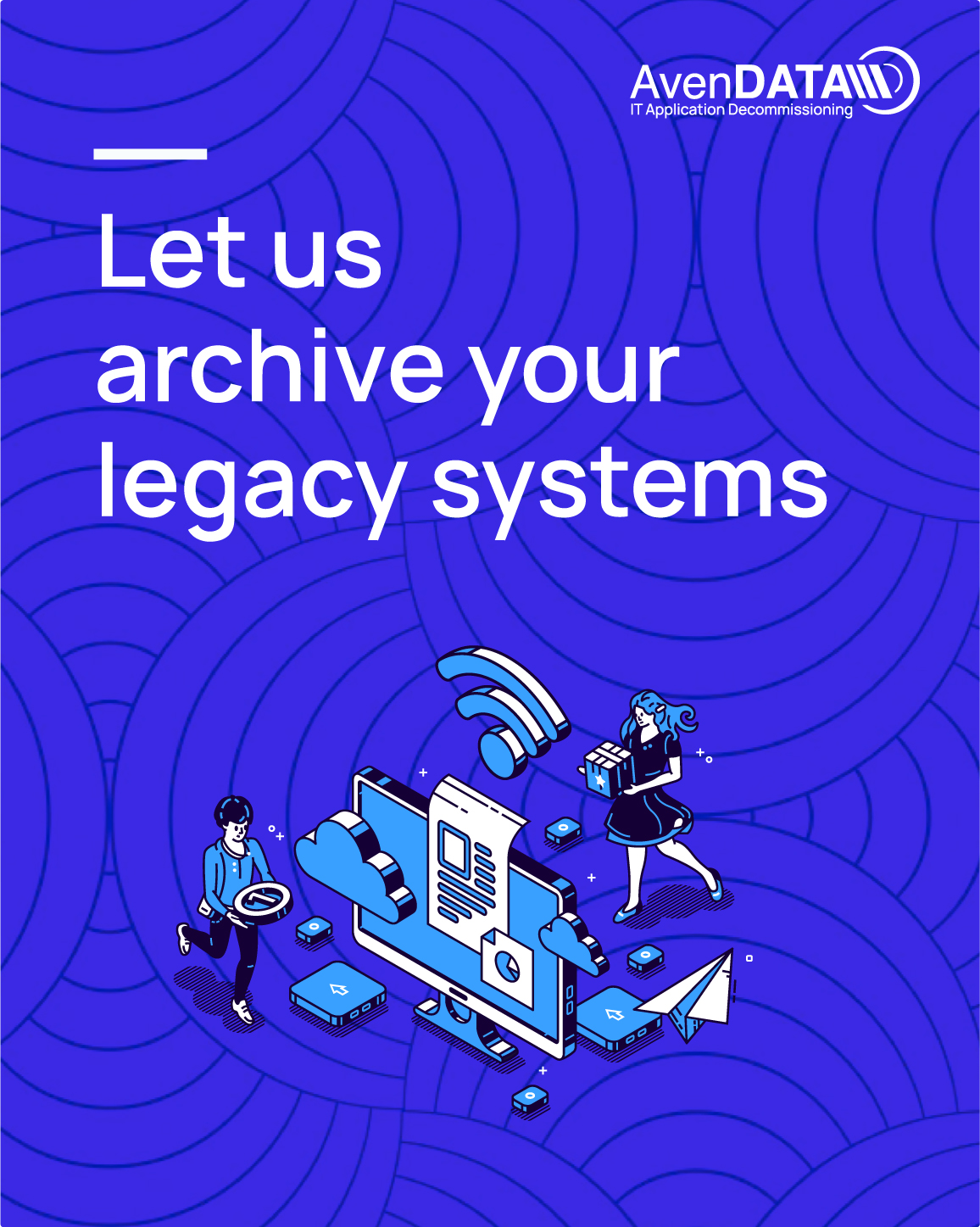Why carve-out is a success factor in separation of IT systems ?
By AvenDATA

What is a carve-out and how does it affect IT separation?
A carve-out essentially is divestment from the parent company. In a legal and operational sense, it is considered independent. It may be in the form of a subsidiary, joint venture, or a completely independent company.
IT separation refers to the act of separating IT assets from a specific business while preserving the core of a company. However, IT has evolved from a business support task to a core part of the business. Hence, it is essential to have a sustainable plan in place for carve-outs or de-merger projects when IT separation is involved.
- How to successfully manage an IT separation project?
- How to migrate existing data to new entities?
- How to manage the complexity of the process?
- Is there a need for IT system replacements?
- Implications for IT during a carve-out
- Transitional Service Agreement (TSA)
Let us briefly understand both these factors.
Implications for IT separation during a carve-out
In the event where both entities share the same location, separation of assets is a major implication. These include assets like phones, servers, printers, security systems, and network connections, among others.
Some common systems support the separated entity. This implication must be resolved with a proper plan for a smooth transition of the systems.
The parent company holds the software licenses. There must be a provision for transitioning the license to the new entity. The other option is to provide an RTU (right to use) license till the new company can obtain licenses from the software company.
Transitional Services Agreement
- If an RTU software license can be provided during the transitional phase.
- The transition of customers, suppliers, and other third parties.
- Segregation of infrastructure and assets used in shared locations.
- Support agreements from third-party vendors
- The transition of data, including the data on cloud systems.
- Smooth transition of a help desk.
- Smooth transition of security compliant to cyber laws and policies.
- The transition of customizations like z-transactions and z-reports in SAP
A carve-out refers to the divestment of a business unit from the parent company, creating an independent entity. IT separation involves separating IT assets while preserving the core of a company. Having a sustainable plan is crucial for successful carve-outs or de-merger projects with IT separation.
Key challenges in IT separation during a carve-out include managing the project effectively, migrating existing data to new entities, handling the complexity of the process, and determining the need for IT system replacements.
Implications for IT during divestment include the separation of assets such as phones, servers, printers, security systems, and network connections. Transitioning common systems supporting the separated entity and addressing software license ownership and transition are also significant considerations.
A Transitional Service Agreement (TSA) is crucial in a carve-out process. It outlines the services the seller will provide to the new entity and the duration of service provision. The TSA allows the buyer time to establish their IT infrastructure while the seller continues to support certain management processes.
The key elements of a TSA include provisions for RTU software licenses, transitioning customers, suppliers, and third-party agreements, segregating infrastructure and assets in shared locations, support agreements from third-party vendors, data transition including cloud systems, smooth help desk transition, compliance with cyber laws and policies, and transitioning customizations in systems like SAP.
-
How Legacy Systems Work and Their Architecture
-
Legacy Systems in Digital Era:
-
SAP Carve-Out Guide: Definition, Process, Benefits
-
System Decommissioning: A Strategic Guide
-
20 Reasons why legacy ERP systems must be archived and data should not be deleted
-
IT Mergers and Acquisitions: The ABCs of a Successful Integration
-
Mastering IT M&A and Carve-Outs: Addressing Pain Points with Practical Solutions
-
Modernizing Legacy Systems: A Strategic Guide for IT Company Owners
-
The importance of legacy systems is steadily increasing
-
Ten Key Questions with Emanuel Boeminghaus




